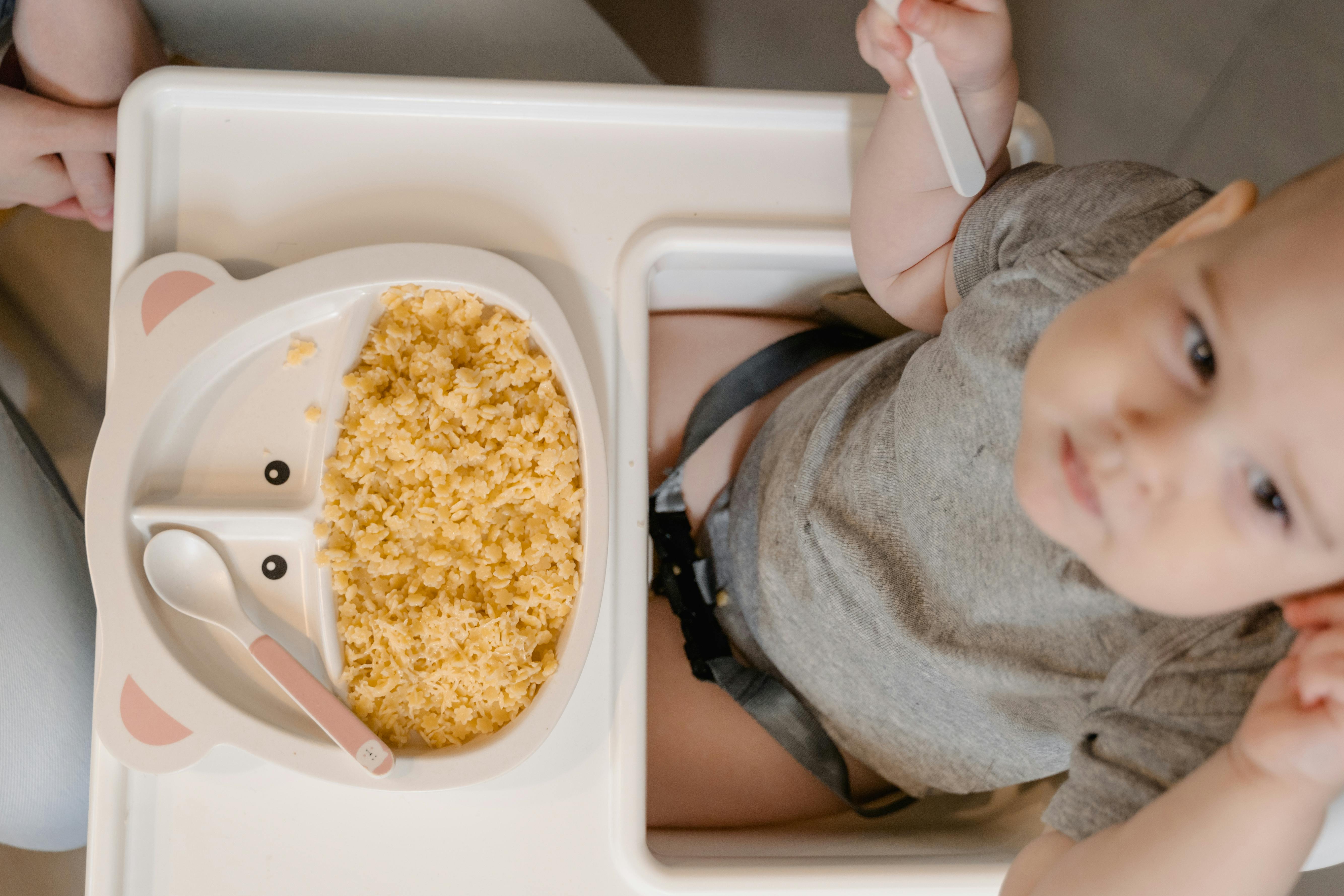Language
- English
- 日本語
- Deutsch
- Français
- Español
- Русский
- Português
- 简体中文
- Italiano
- 한국어
- Polskie
Currency
- USD (US Dollar)
- EUR (Euro)
- GBP (Pound Sterling)
- CNY (Yuan)
Starting your baby on solids is a crucial step in his or her developmental process of growth and development. I have witnessed it as the start of migrants from the use of breast milk or formula milk to a completely different kind of food, with different textures, different flavors, and loaded with different nutrients. Nonetheless, knowing when, what, and how to start solids cannot be overemphasized as it will affect the health of both you and your little one during the process. Below is a guide with the information that can be useful when entering this phase.
When to Start Solid Foods
Currently, the American Academy of Pediatrics and other physicians and surgeons state that the introduction of foods should be around the age of six months or at the latest six months. Up until this time your baby's dietary needs can strictly be provided by breast milk or formula. Forcing the baby to take solids before 4 months is discouraged because the baby is still learning fundamental skills needed in handling solid foods.
You’ll know your baby is ready for solid foods if they display these developmental signs:
Please remember that every baby is unique, and therefore, look for these signs before you start your baby on solids, and as always, speak to your pediatrician.
What Foods to Introduce First
The good news is though that there is no typical sequence that one needs to follow with the different types of foods. Around 6 months, you can start with single-ingredient foods that are easy to digest, such as:
While introducing cereals, do not stick to rice cereal alone but instead try oatmeal, barley, or multi-grain cereals because too much rice may contain arsenic, to which your baby may be sensitive to.
By 7-8 months, you can expand your baby’s diet to include a variety of foods from all food groups:
How to Introduce Solid Foods
Begin with one food that contains only one single ingredient and do not give the new food before 3 to 5 days. This enables you to determine whether any foods would cause an allergic reaction in your baby. Check frequently for signs of allergies for example rash, vomiting, or diarrhea. When you refrain from making any reactions to Individual foods, you can begin combining the foods to find different tastes and textures.
Introducing Allergens
New findings indicated that it is not helpful to introduce allergenic foods at a later time than earlier as it was widely believed. It’s even believed that early introduction of these foods may be protective against allergies. Some of these include peanuts, eggs and wheat, soybeans; fish products, and tree nuts which can be given once the baby has gone through the basic foods. Introduce these foods at home and ask your doctor if your baby has eczema or any other food allergy before introducing any of the foods mentioned above.
Cleaning, Cooking and Storing Baby Foods
To help prevent choking and make food more palatable for your child, gradually introduce soft and pureed meals and then progress to mashed foods, as your baby gains more and more oral dexterity. Here are some guidelines for preparing baby food:
Choking Hazards to Avoid
To prevent choking, avoid giving your baby:
Fun and Enjoyable Mealtime for Your Kids
Starting with solids is a chance to develop a healthy and happy attitude toward meals. Here are a few tips:
Hydration and Other Factors
When your baby begins eating solid foods, it is also important that they begin to have water with meals. Even now, most of their moisture comes from breast milk/formula but a small amount of water here and there can familiarise them with the act. Do not give your child juice, as this will cause more harm than good such as tooth decay and more sugar in the diet.
Avoid These Foods for Now
Conclusion
Giving your baby new foods is a fun and necessary step in the development of your little one. By starting at the right time, offering a wide variety of healthy foods, and keeping an eye on safety, you’re setting your baby up for a lifetime of good eating habits. Just be patient and carry on with it and do not forget to celebrate the small wins as your baby experiment with the new foods that are out there!
